Hi there, pet lovers! 🐍🔥
If you’re looking for a striking, low-maintenance, and fascinating reptile, the Pine Snake (Pituophis melanoleucus) might be the perfect choice. Known for their bold patterns, impressive size, and unique personalities, these snakes are a favorite among intermediate and experienced keepers.
In this detailed guide, we’ll cover everything you need to know about Pine Snakes—from their temperament and care requirements to their habitat setup and long-term commitment. Whether you’re a first-time snake owner or a seasoned reptile keeper, this review will help you decide if a Pine Snake is the right addition to your home.
Overview
Pine Snakes are non-venomous, robust constrictors native to the southeastern United States. They thrive in pine forests and sandy habitats, earning their name from their natural environment. Here’s a quick summary of what makes them stand out:
- Handling and Temperament: Generally docile but can be defensive when young; most calm down with regular handling.
- Care and Maintenance: Low-maintenance compared to other large snakes, but need proper heating and space.
- Health and Durability: Hardy and long-lived with proper care.
- Availability: Moderately available from breeders, but some subspecies are rarer.
- Cost: Affordable initial purchase, but setup costs can add up.
- Overall: A rewarding pet for those who appreciate bold, active snakes.
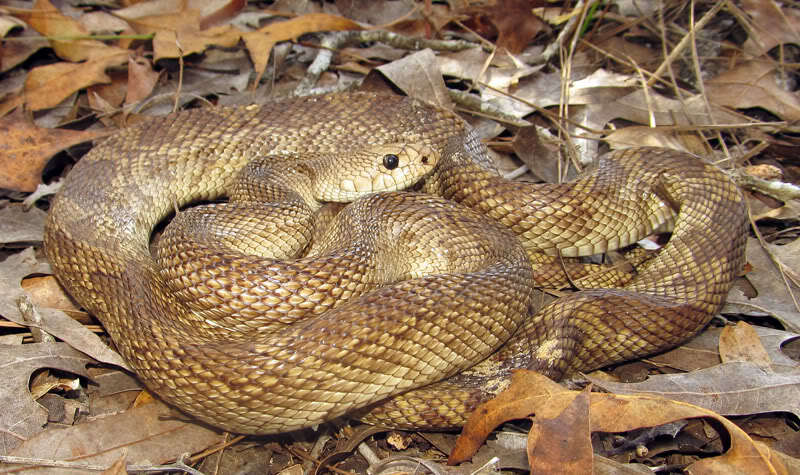
Why Choose a Pine Snake?
Pine Snakes are ideal for keepers who want a visually impressive snake without the extreme size of pythons or boas. They are active, curious, and have strong feeding responses, making them entertaining to observe. Their striking patterns—ranging from black-and-white to rich browns—make them one of the most attractive colubrids available.
Unlike some shy or reclusive species, Pine Snakes are often out and about, exploring their enclosures. They are also long-lived (15-20 years), meaning they can be a lifelong companion for dedicated reptile lovers.
Handling and Temperament
Pine Snakes have a reputation for being feisty when young, often hissing, tail-rattling, and mock-striking to intimidate potential threats. However, with consistent, gentle handling, most mature into calm, confident adults.
Personality Variations
- Juveniles: Often defensive but rarely bite; their dramatic displays are mostly bluff.
- Adults: Typically mellow out, especially if handled regularly.
- Wild-Caught vs. Captive-Bred: Captive-bred specimens are far more docile and recommended for pet owners.
Handling Tips
- Start slow—short, frequent sessions help build trust.
- Avoid sudden movements to prevent stress.
- Support their body fully when holding, as they are strong and muscular.
While they may not be as instantly handleable as a Ball Python, their bold personalities make them a favorite among snake enthusiasts who enjoy interactive reptiles.
Care and Maintenance
Pine Snakes are relatively easy to care for, but they do have specific requirements to thrive.
Enclosure Setup
- Size: A 40-gallon tank (or larger) is ideal for adults; juveniles can start in a 20-gallon.
- Substrate: Aspen shavings, cypress mulch, or bioactive setups work well. Avoid cedar or pine (toxic).
- Hides & Decor: Provide multiple hides (warm & cool sides) and branches or rocks for climbing.
- Humidity: Low to moderate (30-50%)—too much moisture can cause respiratory issues.
Temperature & Lighting
- Basking Spot: 85-90°F (29-32°C).
- Cool Side: 75-80°F (24-27°C).
- Night Drop: Can go down to 70°F (21°C).
- Lighting: UVB is optional but beneficial for overall health.
Feeding
- Diet: Frozen-thawed rodents (mice, rats).
- Frequency:
- Juveniles: Every 5-7 days.
- Adults: Every 10-14 days.
- Water: Always provide a large, sturdy water bowl for soaking.
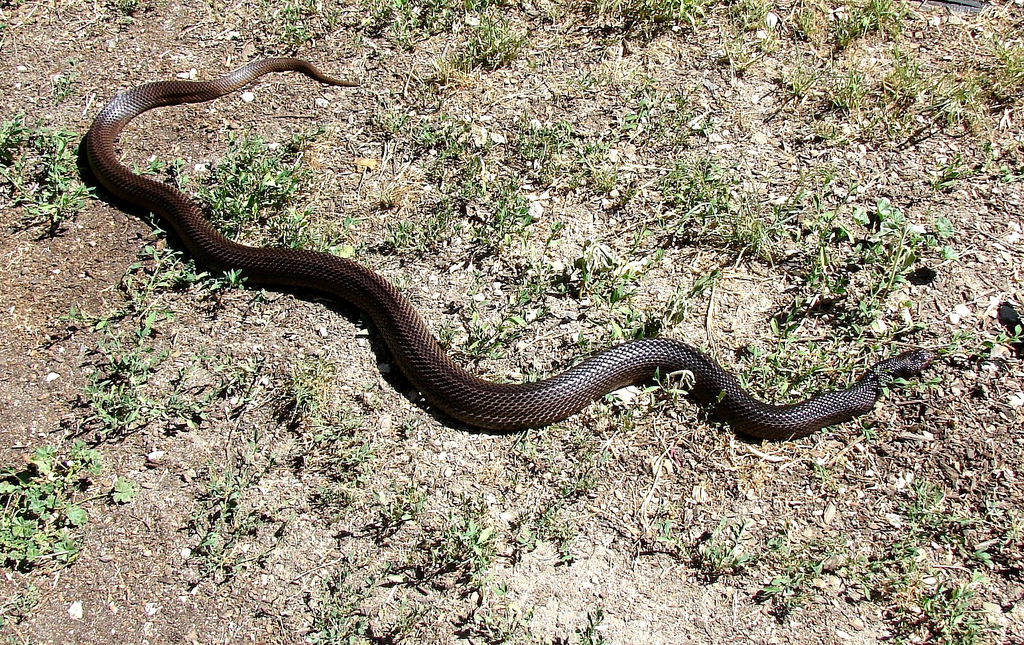
Health and Durability
Pine Snakes are hardy and resilient when kept in proper conditions.
Common Health Issues
- Respiratory Infections (from excessive humidity).
- Mites or Scale Rot (poor hygiene).
- Obesity (overfeeding).
Preventative Care
- Regular enclosure cleaning.
- Proper humidity & temperature monitoring.
- Quarantine new snakes to prevent disease spread.
With good care, Pine Snakes can live 15-20 years, making them a long-term commitment.
Availability and Cost
Where to Buy
- Reputable Breeders (best option for healthy, well-started snakes).
- Reptile Expos (great for meeting breeders in person).
- Online Stores (ensure they have good reviews).
Cost Breakdown
- Snake Price: $100 to $300 (depending on morph).
- Enclosure Setup: $200 to $500 (tank, heating, hides, etc.).
While not as common as Ball Pythons or Corn Snakes, they are still accessible for dedicated keepers.
Pros and Cons
Pros
✔ Stunning patterns & colors.
✔ Active and fun to observe.
✔ Hardy and long-lived.
✔ Good eaters (rare feeding strikes).
Cons
✖ Can be defensive when young.
✖ Need a large enclosure as adults.
✖ Not as readily available as other pet snakes.
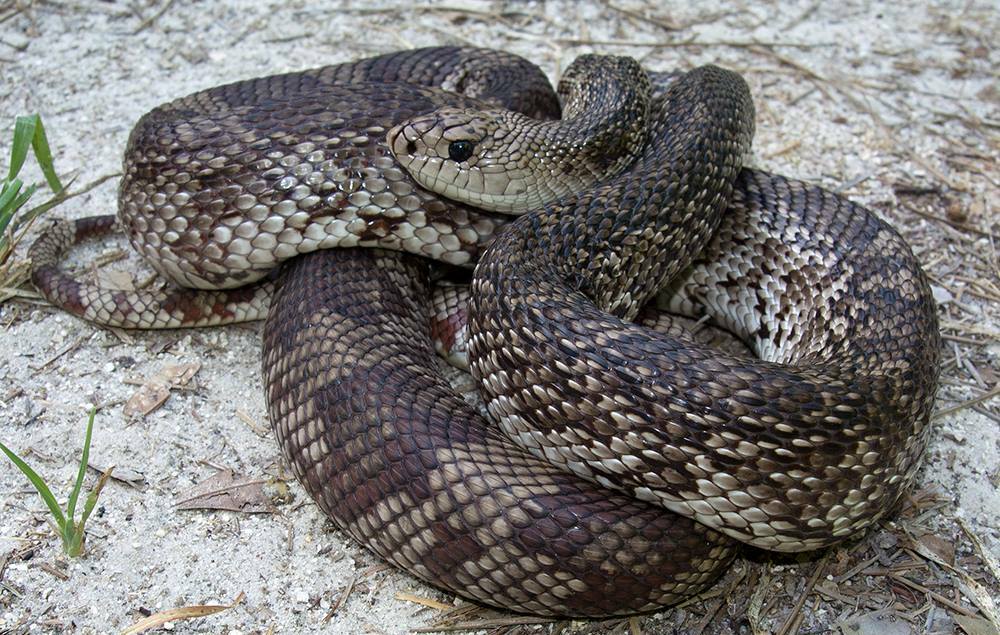
Final Thoughts
The Pine Snake is a fantastic choice for reptile keepers who want a bold, active, and visually striking pet. While they may not be as instantly handleable as some species, their personality and beauty make them a rewarding long-term companion.
If you’re ready for a snake that’s more interactive than a Ball Python but not as demanding as a large boa, the Pine Snake could be your perfect match.
Have experience with Pine Snakes? Share your thoughts in the comments! And for more reptile care guides, stay tuned to our blog. 🐍🔥

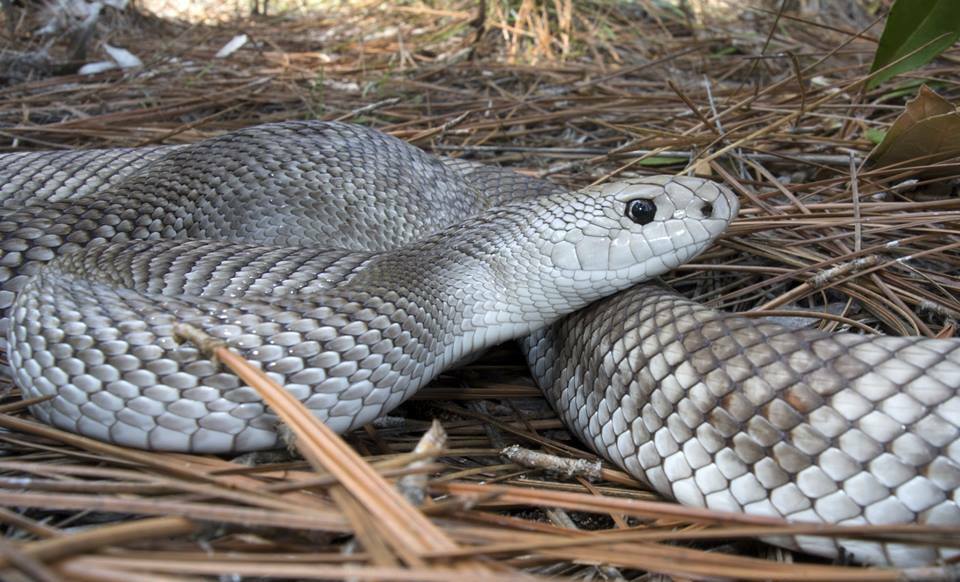


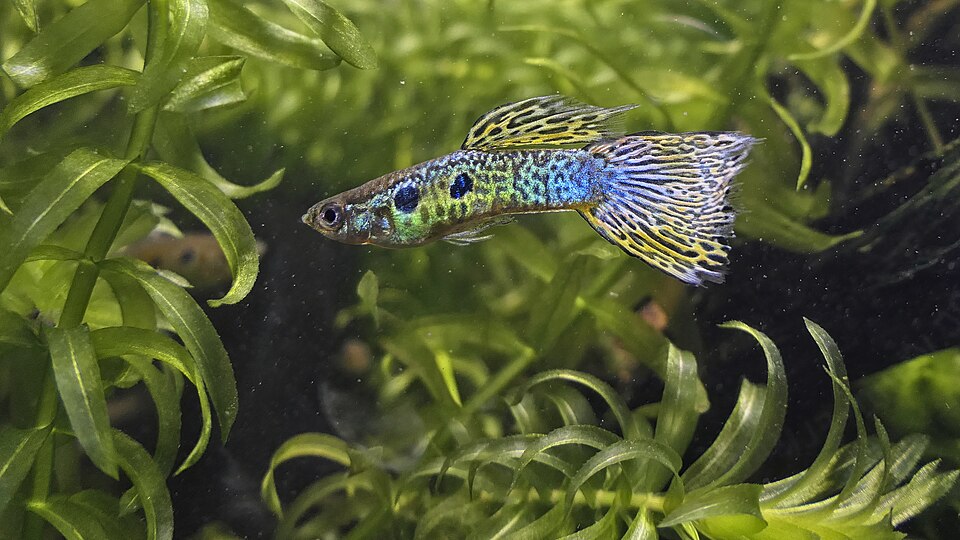
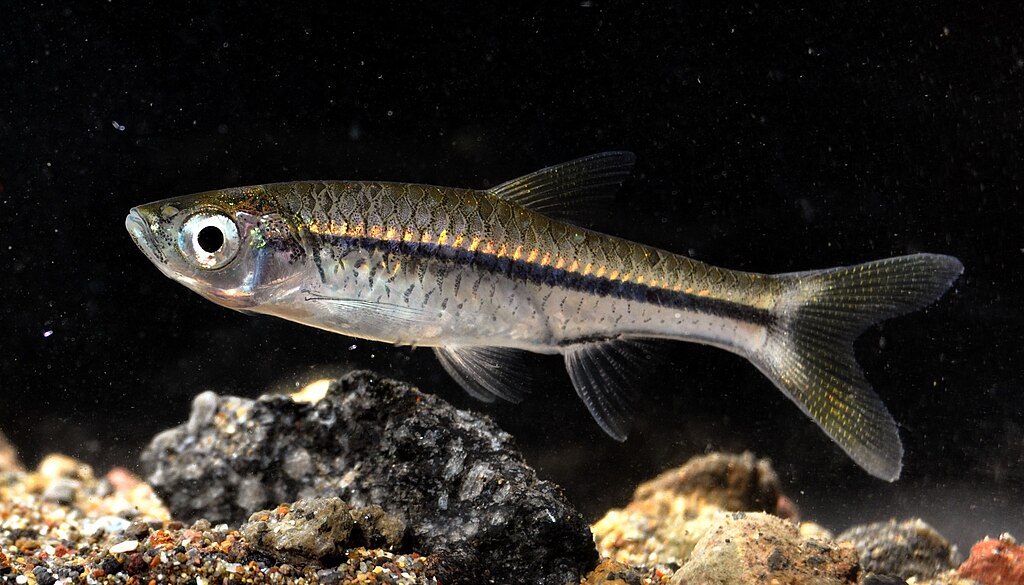
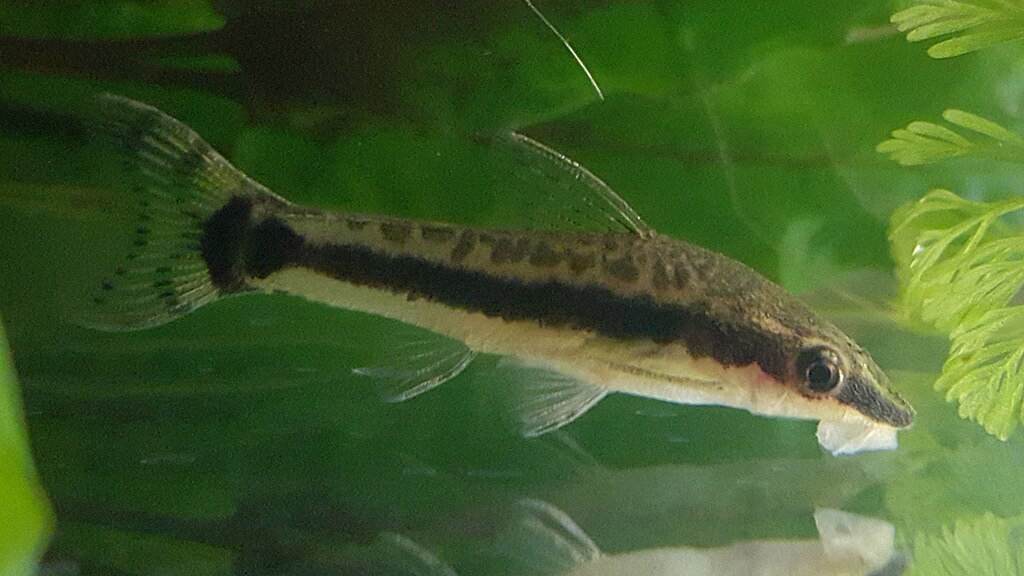

Leave a Reply